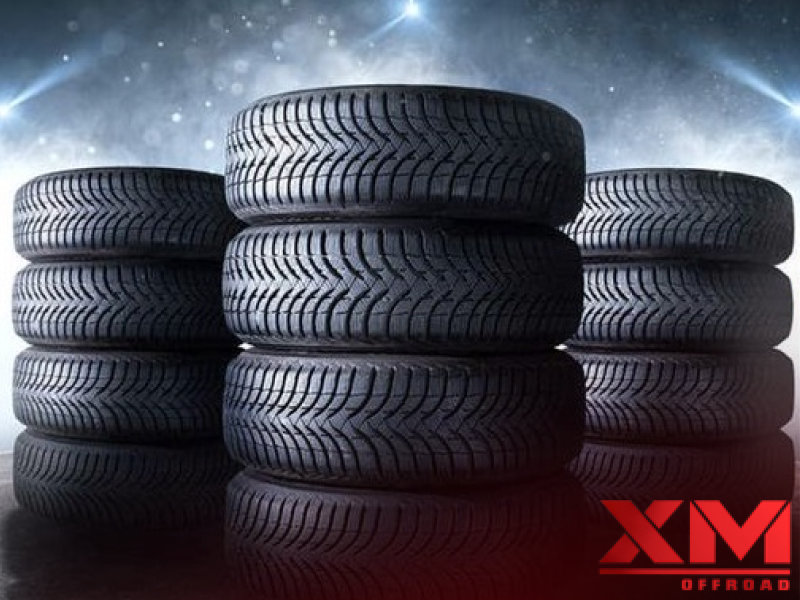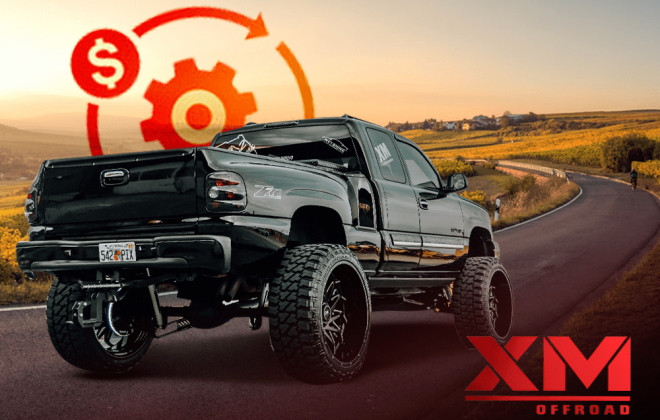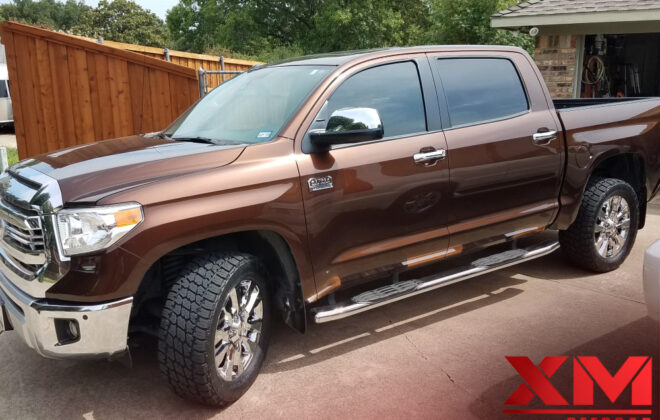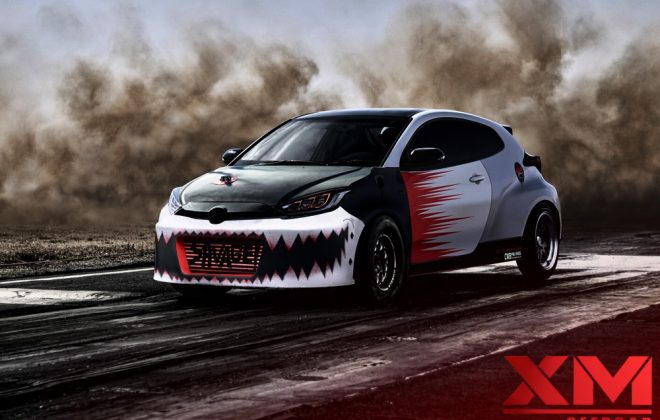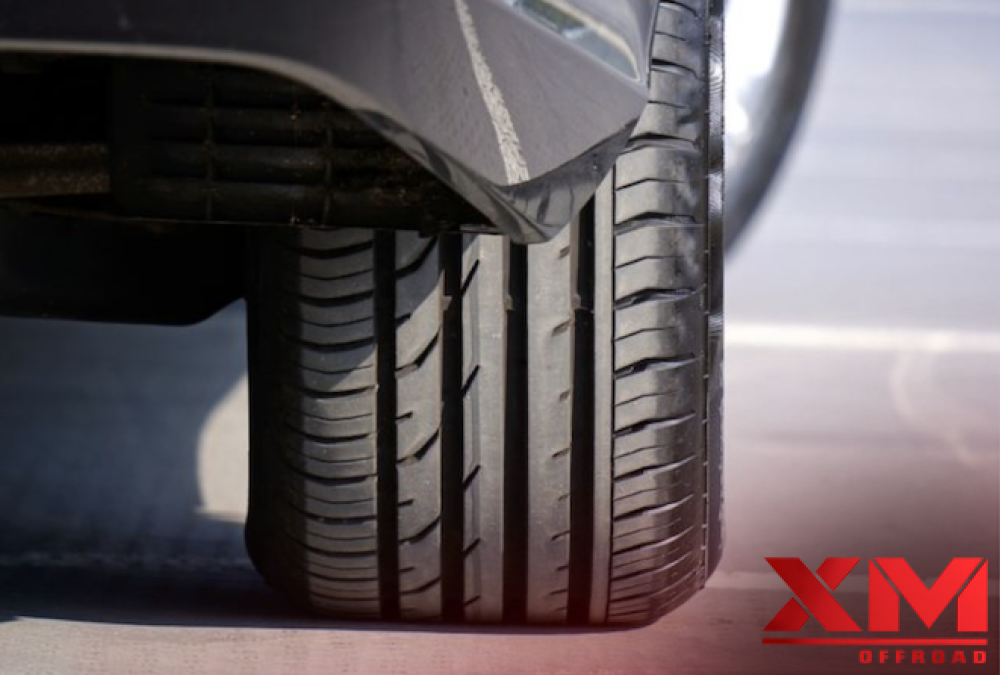
9 Critical Factors that You Should Consider When Choosing Wheels and Tires
As a car owner, when thinking about improving your vehicle’s performance and appearance, one of the factors you have to consider is the wheels and tires. The wheels and tires of your vehicle play an important role in the overall driving experience. Wheels can significantly affect your vehicle’s acceleration, braking, handling, and fuel efficiency. There are many options in the market today, but choosing the right wheels and tires for your vehicle can be quite a difficult and time-consuming task. So, here we will discuss 9 critical factors you should consider when choosing wheels and tires.
1. Tire Type
When you choose tires for your vehicle, it all depends on the type of driving you do daily. Generally speaking, there are three types of tires: summer, winter, and all-season tires. Summer tires are designed for hot and sunny weather and offer excellent grip on dry and wet roads. Winter tires are designed for cold and snowy weather and provide better traction on snow and ice. All-season tires are designed to perform well in hot and cold weather conditions.
2. Size Matters
Knowing the correct tire size is also very important when purchasing wheels and tires for your vehicle. You can measure the size of wheels and tires in inches and identify them by a series of numbers, such as 225/45R18. The first number indicates the width of the tire in millimeters; the second number indicates the aspect ratio (height and width of the tire), and the third number indicates the diameter of the wheel in inches.
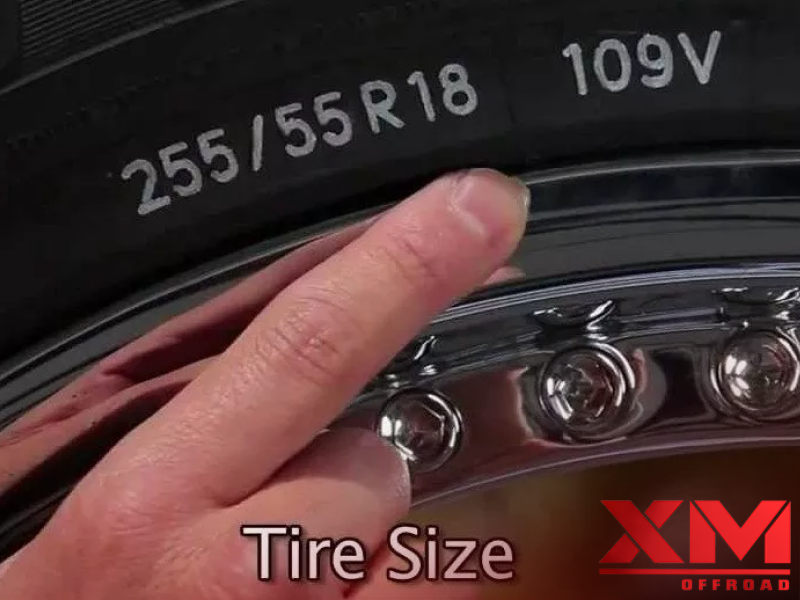
You should choose the best 30 inch wheels or wheels and tires for your vehicle. Wheels that are too large or too small can lead to handling problems, reduced performance, and safety concerns. To resolve this issue, consult your vehicle’s owner’s manual for information on the recommended wheel and tire size.
3. Bolt Patterns
Bolt patterns are also significant for your own vehicle’s wheels. The bolt pattern refers to the number of nuts on the wheel and the circle diameter they form. The function of the bolt pattern is to determine the compatibility of your vehicle and wheel. If the wheel’s bolt pattern does not match your vehicle’s bolt pattern, the wheel may not be installed correctly. An incorrect bolt pattern can harm your vehicle, causing the wheel to loosen or fall off while driving.
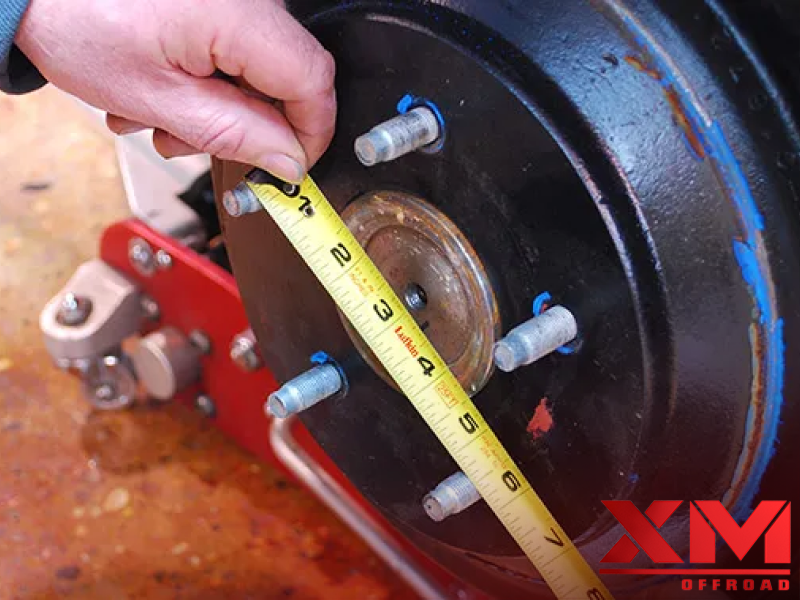
You can consult your vehicle’s owner’s manual or a good mechanic to determine the correct bolt pattern and other details for your vehicle. With good knowledge, you can buy wheels and tires that beautify your vehicle and give you the best performance and safety.
4. Material and Construction
Different materials, including steel, aluminum, and magnesium, are used to make wheels. Although steel wheels are the most popular and economical alternative, they are typically heavier and less attractive than wheels made of other materials. Although they can cost more, aluminum wheels are more lightweight and aesthetically pleasing. Magnesium wheels are the lightest and most durable alternative, but they are also the most expensive and are usually only used on high-performance cars.
The wheel’s construction must also be taken into account because it has an impact on both its performance and durability. The most popular and least expensive wheels are one-piece designs. Although more expensive, two- and three-piece wheels provide more robustness and customization possibilities.
5. Tread Pattern and Depth
When choosing wheels and tires, it’s also essential to consider the tread pattern and tire depth. The design of the tire’s surface that makes contact with the road is referred to as the tread pattern. The depth of the tread refers to the thickness of rubber that frequently remains on the tire.
Although they tend to wear out more quickly, tires with deeper grooves offer better traction on wet and slick surfaces. Shallower tread tires have a longer lifespan but may provide less traction on wet or slippery surfaces. It is also crucial to take the tread pattern into account. As an illustration, some tires have a more aggressive tread design that offers higher traction on offroad rims surfaces.
6. Load Capacity and Speed Rating
The tires’ load capacity and speed rating are also vital factors to consider when choosing wheels and tires for a vehicle. While the speed rating shows the highest speed the tire can safely withstand, the load capacity relates to the maximum weight the tire can support.
Ensure the load capacity and speed rating of the wheels and tires you choose are appropriate for your vehicle. Tire failure, safety concerns, and poor performance can occur when tires with lower load capacities or speed ratings are used.
7. Wheel Fitment
The proper wheel installation for your vehicle is something else you should be aware of. It would be best if you also evaluated how well the wheel fits. The bolt design, center bore, and offset must all fit your vehicle’s requirements. Getting this right is essential because a wheel that doesn’t fit correctly can lead to vibration, steering problems, and even accidents.
8. Brand and Reputation
When making a purchase, it’s essential to consider the name and reputation of the wheel and tire manufacturer. Popular and established brands often provide better-quality goods and greater levels of customer service. Ones that are well-known and have a track record of generating goods of a higher caliber than lesser-known or newer ones. Your car can perform, last, and be safer with high-quality tires and wheels.
Reputable companies also make sure that their products are made to match particular car makes and models, so you can be sure that the wheels and tires you select will perform as intended. The resale value of your car can also be increased or maintained by using well-known and reputable brands. Having a well-known brand of tires and wheels might increase the appeal of your car to buyers if you decide to sell it. Additionally, more established manufacturers typically have a wider network of dealers and shops, making getting new tires or wheels simpler when necessary.
9. Lug Nut Style
When selecting wheels and tires for your car, lug nut style is essential. The type of lug nut your car uses will determine the wheel you may install because this fastener holds the wheel to the hub of your vehicle.
Conical and spherical lug nut styles are the two main categories. Spherical lug nuts have a rounded end that fits the lug hole’s spherical shape, while conical lug nuts have a tapered end that matches the taper of the lug hole in the wheel. Choosing the proper lug nut style for your car and its wheels is crucial because the improper one could lead to a loose or unstable connection between the wheel and the vehicle.
Read Also: Classic Car Tires: A Guide to Authenticity, Size, and Maintenance
Final Thoughts
Choosing the right wheels and tires for your vehicle is crucial for ensuring a safe and enjoyable driving experience. These are eight key factors that you should consider when choosing wheels and tires. By considering these critical factors and researching, you may make an informed decision and find the wheels and tires that will best meet your needs. Whether looking for improved performance, or better traction, choosing the right wheels and tires can make all the difference. So, take your time, weigh your options, and choose wisely to ensure you get the most out of your vehicle.

